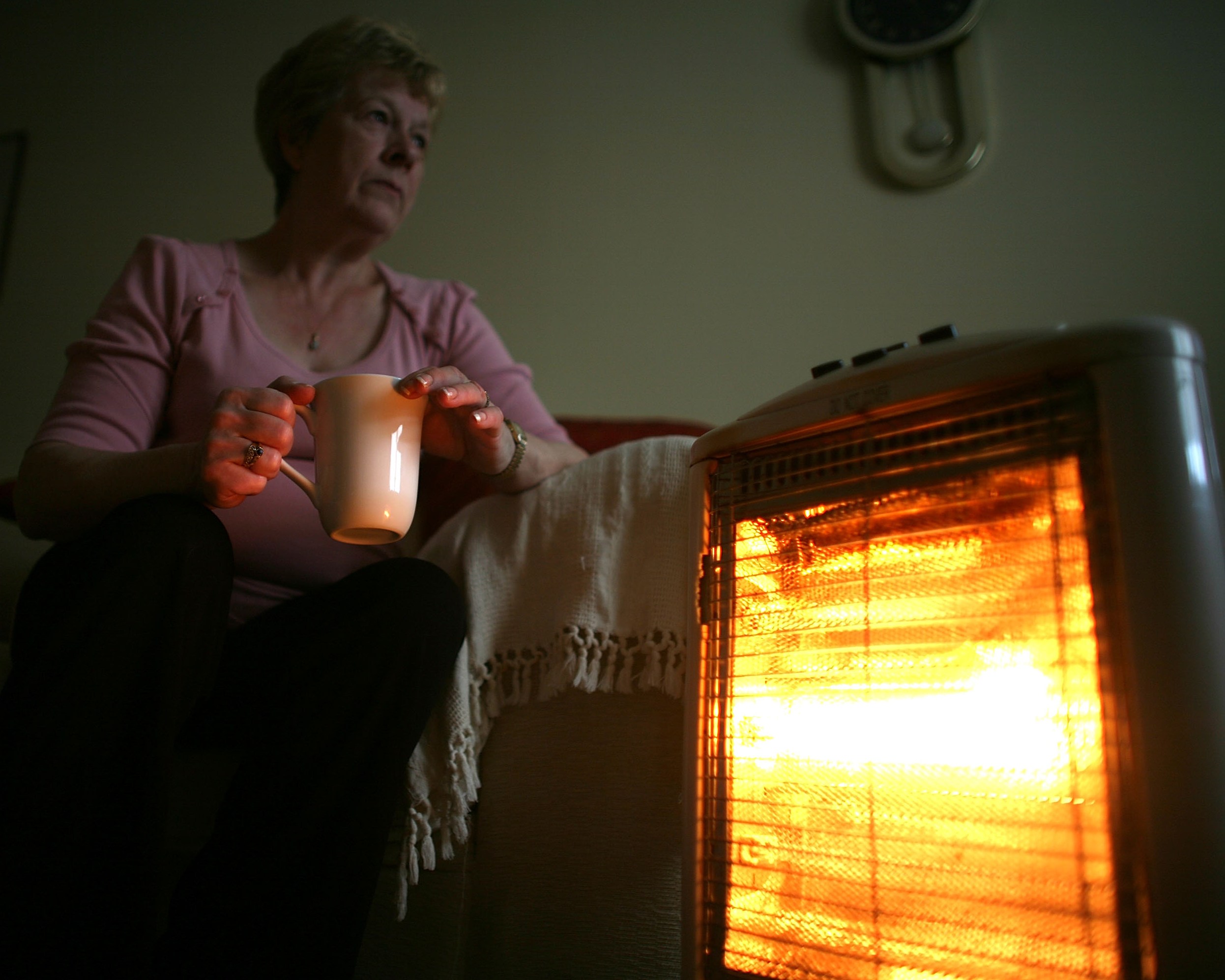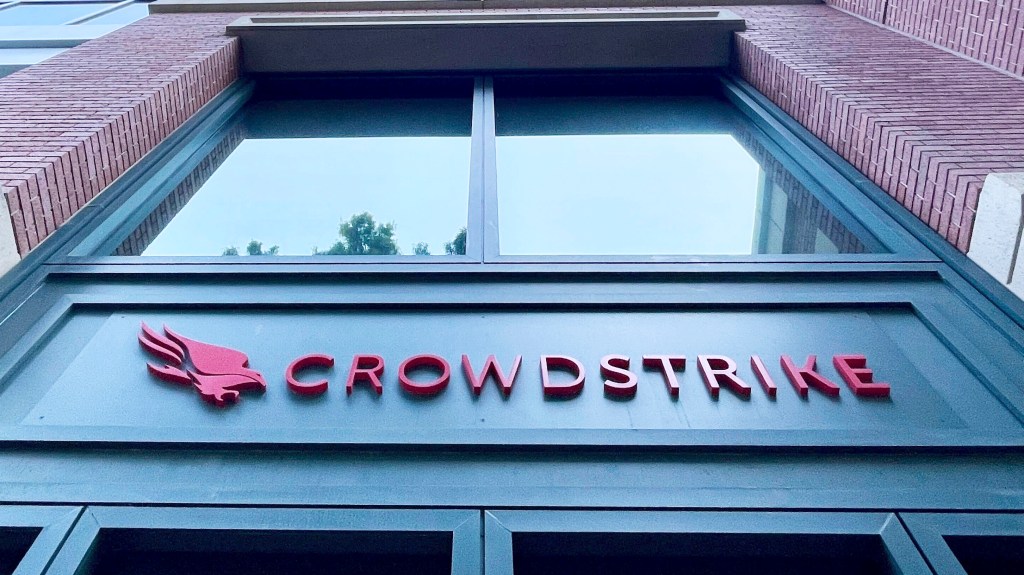Challenging Common Perceptions on House Prices and Income Inequality
The pension triple lock has led to the misconception that retirees’ incomes have outpaced those of working-age individuals over the past fifteen years. Simultaneously, rising house prices are believed to have excluded a growing number of young adults from homeownership, with fewer owning homes compared to 2010. Additionally, there is a widespread belief that income and wage inequality has surged, benefitting the affluent disproportionately.
These statements may resonate as familiar truths; however, they are misleading and likely accepted by many who should be more informed. It appears that societal perceptions have not kept pace with actual developments.
This has contributed to the view that the previous Conservative government oversaw a prosperous era for older generations while effectively barring younger individuals from the housing market. In reality, home ownership rates for individuals aged 25 to 34 remain approximately the same now—about 40 percent—as they were over a decade ago. The significant decline happened around the turn of the Millennium when the rate was nearly 60 percent.
Furthermore, since 2012, median income levels for pensioners have grown at a rate comparable to that of working-age households. It was the preceding decade that saw substantial income increases for retirees with a notable 22 percent rise, while incomes for working-age individuals experienced marginal declines. As perceptions lag behind facts, many may mistakenly regard these developments as more recent.

Despite being better off than three decades ago, the number of pensioners living in poverty has risen in the last ten years, adding approximately 300,000 individuals to the ranks since 2011. Moreover, since 2010, pensioners have faced higher tax increases compared to their working-age counterparts. The decline of generous occupational pensions suggests that future generations may find themselves in a less favorable financial position than current retirees. As circumstances evolve, timely policy adjustments are crucial to avoid years of stagnant responses.
The Prime Minister’s grasp of the shifting landscape of wage and income inequality particularly raises concerns about the divergence between perception and reality.
Consider a few critical facts. Research by Steve Machin, a professor at the London School of Economics, indicates a decline in hourly wage inequality since 2010. At that time, the highest earners made four times more per hour compared to those at the lower end of the wage spectrum. Fast forward thirteen years, and this disparity has narrowed to a ratio of three to one, nearly reversing the significant increases seen in the previous two decades. Much of this shift has been driven by the national living wage, which has seen substantial growth, yet this has accompanied stagnation in wages for middle and upper earners, revealing deeper issues related to productivity growth. In the public sector, policies have deliberately suppressed wages for higher-skilled workers in relation to their lower-paid counterparts, leading to additional challenges.
Income equality has improved not only in hourly wages but also at the household level, although insufficiently to counterbalance the inequalities that arose in the 1980s. Despite cuts to benefits, disposable incomes for the poorest 10 percent of households increased by around 10 percent between 2009 and 2022—a modest rise over more than a decade that still outpaced the gains of those at the top 90 percent of the income distribution.
Policy decisions have significantly influenced these trends. It is worth noting that both major political parties have remained tight-lipped on the fact that Conservative policies have targeted higher earners. From 2008 to 2023, the income tax contribution from the top 1 percent increased from 24 to 28 percent. Additionally, the threshold for the additional 45p rate has decreased significantly in real terms, affecting over a million taxpayers. The number of individuals taxed at 40 percent has more than doubled as the higher-rate threshold has been cut by a quarter in real terms, with restrictions placed on pension tax relief for top earners.
While these choices are defensible, greater transparency would have been preferable. It is essential for the government to recognize that it has inherited a tax system where the wealthy are already contributing significantly more than they did during the last Labour administration. There are, indeed, opportunities for reforming capital gains tax, inheritance tax, and council tax to obtain additional revenues from the affluent rather than those with high incomes, though careful design is needed to ensure equitable outcomes.
It is also crucial to consider that average earners are currently paying the lowest direct taxes in a considerable time. The limits of this approach are evident when attempting to maintain an effective welfare state. This situation could explain why few other nations exhibit such high levels of public spending alongside relatively low taxes for average earners.
Paul Johnson serves as the director of the Institute for Fiscal Studies.




Post Comment